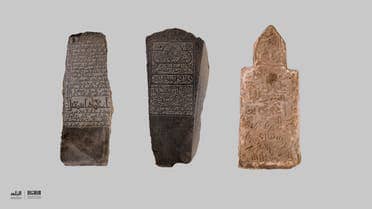Rare Artifacts Date Back to the First Century Discovered

Sudan Events
The Historic Jeddah Program, in cooperation with the Heritage Authority, announced the discovery of approximately 25,000 remains of archaeological materials, the oldest of which date back to the first and second centuries AH (from the seventh and eighth centuries AD) in 4 historical sites, which included the Othman bin Affan Mosque – may God be pleased with him – the archaeological Shuna and parts of The eastern moat and the northern wall are part of the antiquities project supervised by the Historic Jeddah Programme.
The announcement of the archaeological discoveries comes in light of the efforts of the Historic Jeddah Revival Project launched by His Royal Highness Prince Mohamed bin Salman bin Abdulaziz, Crown Prince and Prime Minister – may God protect him – to preserve national monuments, highlight and care for sites with historical significance, and enhance the status of Historical Jeddah as a cultural center, and achieving the goals of Saudi Vision 2030 in caring for archaeological sites.
The archaeological survey and excavation work that began in the month of Rabi’ al-Awwal 1442 AH, corresponding to November 2020 AD, resulted in the discovery of 11,405 ceramic materials with a total weight of 293 kg. Also found were 11,360 animal bones with a total weight of 107 kg, in addition to 1,730 shell materials with a total weight of 32 kg, in addition to 685 building materials with a total weight of 87 kg, and 191 glass materials with a total weight of 5 kg, while the number of metal materials reached… 72 pieces weighing 7 kg, with a total of 531 kg found, constituting an important value for national archaeological discoveries.
Studies in the Othman bin Affan Mosque – may God be pleased with him – revealed archaeological materials, the oldest of which likely date back to the first and second centuries AH (seventh and eighth centuries AD), beginning with the early Islamic era and passing through the Umayyad era, then the Abbasid and Mamluk era, and until the modern era at the beginning of The fifteenth century AH (twenty-first century AD), and archaeological studies conducted on the pieces of ebony wood that were found hanging on both sides of the mihrab during excavations and archaeological research in the mosque determined that they date back to the first and second century AH (seventh and eighth century AD), and that their homeland dates back to To the island of Ceylon on the Indian Ocean, which highlights the extended commercial ties to the historic city of Jeddah.



